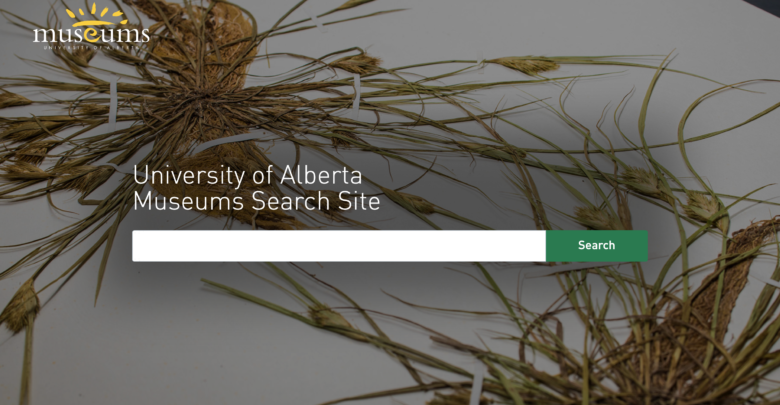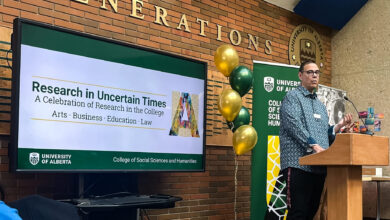U of A museum collections launches new integrated search site
The site will provide access to 16 University of Alberta museum collections, creating a bridge for both researchers outside the U of A and those who are socially distanced from it.
 Rachel Narvey
Rachel NarveyThose who enjoy going down a Wikipedia rabbit hole might have a new research playground to explore.
The University of Alberta Museums’ online collections officially launched on October 1. The launch marks the first time all available collections will be accessible from a single, integrated site.
While all collections are now accessible online, the museum’s collection has had some online capacity for almost two decades. Previously only nine were available online. Now 16 of the 29 collections held by the U of A have now made their way online.
Museum collections site designed for exploration
Jill Horbay, the communications manager for the U of A’s museum collections, shared that the new search site can connect users to over half a million object records. According to her, one of the site’s main goals is to open the collections up to a new audience.
“There are going to be people who want a very specific result related to one collection, and the site will serve that purpose, but it’s also for those casual users who might not know what they’re looking for yet or might just want to go looking and see where they end up,” she said.
For users who might not be familiar with similar databases, the U of A museum’s collection has produced short video tutorials as a guide.
One collection that new users can now explore online is the Bryan/Gruhn Archaeology Collection, which contains more than 10,000 prehistoric and historic objects from around the world.
“The curators and the collection staff have been working so hard on that collection over so many years,” Horbay said.
Site “even more valuable” during COVID-19 pandemic, Horbay said
While the museum collections have been moving towards an integrated search system since 2018, according to Horbay, the new integrated search site has provided a helpful link to continue research while socially distanced.
“Inside of a pandemic, having a search site becomes even more valuable for people to see what’s happening on campus,” she said.
Though the site will provide distant users a link to the collections while remote, Horbay finds the digital collections truly compliment the physical.
For example, she mentioned how in the website for the E. H. Strickland Entomological Museum there are special pages that map out where species of insects are distributed, so users can tell where they’ve been collected.
“[The search site] can enhance what you’re seeing in person so that you can then make comparisons across multiple objects as opposed to just seeing it one on one,” she said.
While there is still work to be done digitizing the remaining collections on campus, Horbay shared that the ongoing nature of the work is a defining characteristic of museum collections in general.
“It’s a project that’s never going to be completely finished,” Horbay said. “There’s always going to be things to work on even on the search site, or collections that we’ll be able to add data and grow their data.”
“That’s part of the reason why universities have museum collections. They’re not stale, they’re not stagnant, they’re growing and evolving. People are even learning completely different things than they might have learnt 20 years ago from the same object. That’s what we’re hoping this site will be able to help people accomplish, that growth of knowledge.”




